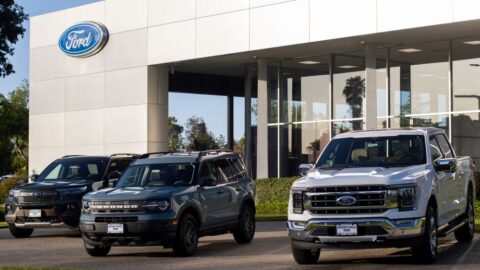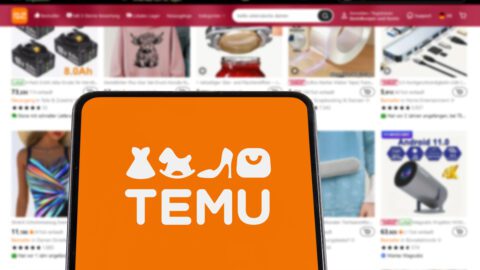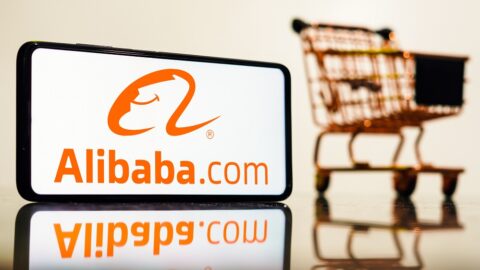Alibaba reported 41% revenue growth to $17.06 billion in Q3 — which, surprisingly, is the slowest growth rate in three years for the Chinese e-Commerce giant. But like Amazon, the company’s diversified revenue channels and ability to increase net income 33% to $4.5 billion have ignited confidence from investors, even as the Chinese economy grew at its slowest pace since 1990.
“We have conviction that e-Commerce and digitization of retail will continue to grow at a faster rate than the overall economy,” said Joseph Tsai, Executive Vice Chairman of Alibaba Group in an earnings call. “While the overall economy grew in single digits, e-Commerce sector gross merchandise value (GMV) grew at 20% to 30% over the last several years…Digitization of the retail sector and the resulting productivity and efficiency gains will accrue to Alibaba with or without a trade war.”
Alibaba stock has jumped more than 7% since the company unveiled its various sources of growth:
- “Core commerce” revenue from retail marketplaces Taobao, Tmall and Lazada, grocery chain Freshippo (formerly Hema) and local delivery services increased 40% to $14.96 billion;
- Cloud computing revenue increased 84% to $963 million;
- Digital media and entertainment revenue increased 20% to $944 million;
- Annual active consumers on Taobao and Tmall grew by 35 million to 636 million from September to December 2018, with more than 70% of that growth coming from third- and lower-tier cities; and
- Mobile monthly active users on Taobao and Tmall grew by 33 million to 699 million from September to December 2018.
During the quarter, the company held its tenth Singles Day, which brought in $30.8 billion in GMV within 24 hours, smashing 2017’s sales record by 27%.
Alibaba Spends $41.6 Billion In 2018 Amid Greater Urgency To Diversify
If 2018 was any indication, Alibaba has no problem with spending liberally to ensure that its businesses continue to grow rapidly. The company spent 278.8 billion yuan, or $41.6 billion, on product development, sales and marketing, general administration and cost of revenue, an 86.2% increase from 2017.
Spending extends to Alibaba’s brick-and-mortar presence as part of its “New Retail” initiative — a shopping ecosystem designed as the integration of all services, including stores, payments and logistics.
Alibaba has expanded the New Retail-driven grocery retail chain Freshippo to 109 self-operated stores, and also has enabled 470 Sun Art stores with New Retail technology, which includes a smart self-checkout, an AI-powered robot “waiter” and a conveyor belt system designed for online order fulfillment.
With a more diversified business model, Alibaba will focus on further growing its cloud computing and digital content businesses to win new consumers. However, as total revenue growth slows down, along with the Chinese economy, Alibaba must think long-term if it wants to engage a consumer base that is spending less.
“This is a market that requires patience,” said J. Michael Evans, President of Alibaba Group during an NRF Big Show session. “If you’re impatient, if you’re in a hurry, or if you’re doing this as something to hopefully impact your quarterly results this year or next year, China is not the market for you.”












